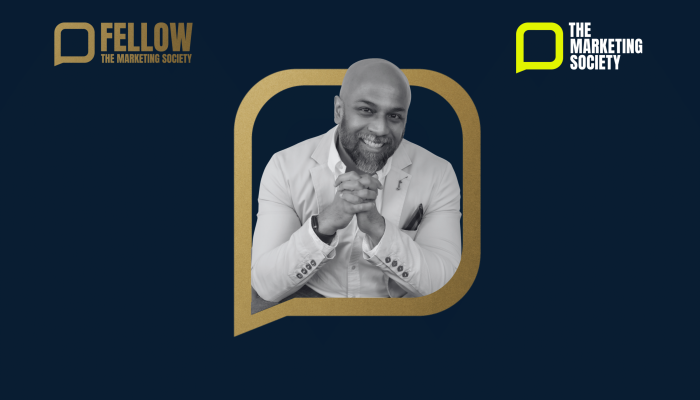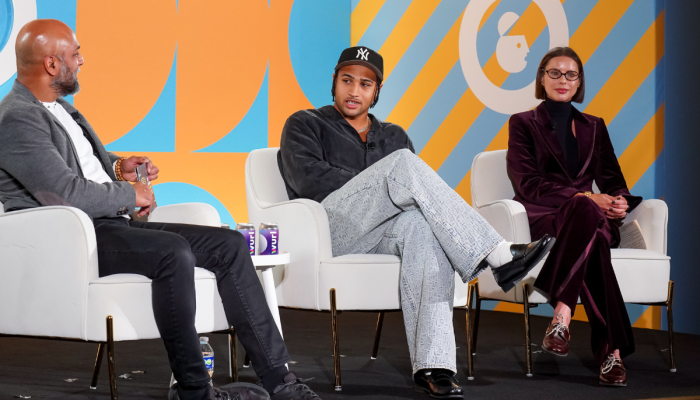In 2008, Simon Berry, a British aid worker, floated a question on Facebook.
It was a question he’d been thinking about for almost twenty years, during his work to save children living in some of the poorest communities in the world from dying of preventable diseases. Of those diseases, the second highest killer of children under 5 was an affliction that we’ve known how to treat for decades: dehydration from diarrhea. The cure is cheap and simple: Oral Rehydration Salts and Zinc. The problem was reach. Of those children dying, 99% had no access to these basic remedies. As Berry spent time in these places, frustrated at how difficult it seemed to be to get such a simple remedy to where it was needed, he noticed one thing.
While there was no access to the medicines people needed, there was one thing that was always ubiquitous: Coca-Cola. Even in the most remote settlements, Coca-Cola would arrive in 4x4’s or in crates piled high on top of bicycles. Berry was rightly in awe of how Coca-Cola covered the world.
Berry’s question was this: How could we use Coca-Cola’s soft drink distribution network in order to save lives? The post captured people’s imagination and quickly the news reached Coca-Cola, who got in touch with Simon Berry to see what could be done. Such was the birth of the charity ColaLife, which has now distributed nearly 2 million dehydration kits to the developing world. You may have very well seen the initial version of the kits which slotted into the gaps in crates of Coca-Cola and stowed away with them around the world.
While the solution was certainly a creative collaboration in action, the most important part of this story is how Berry understood the value of something “owned” by someone else, if only he could tap into it. As much as Coca-Cola is one of the world’s wealthiest brands, their distribution network was far more valuable to Berry than anything they could pay him. But equally for Coca-Cola, the opportunity to be the “good guy” was a valuable asset they could not acquire with just their money, but Simon Berry’s organisation could provide that for them at no cost to himself.
It was a situation where both had understood what they needed from the other, and both had realised they stood to benefit from sharing one abundance so that they could profit from another.
In their book A Beautiful Constraint, Adam Morgan and Mark Barden call this “Adjacent Abundance”, a technique for leveraging the abundances around you. In particular, they suggest that this is a great way for creating resources in times of scarcity. In terms of creative collaborations, the ability to understand what you need and who has enough of it to share, coupled with being able to understand what you have that they need can lead to partnerships that are mutually beneficial.
As with ColaLife, it would cost Coca-Cola next to nothing to allow access to its distribution knowledge, and ColaLife’s entirely benevolent ambition creates a “free” aura that is invaluable for Coca-Cola.
Several years ago, Airbnb realised that the difference between a successful listing and an unsuccessful one was the quality of the photos. Of course, the more successful listings out there, the more Airbnb stands to profit. Investing in the quality of photographs seemed like a no-brainer. But with hundreds of thousands of listings, paying for professional photographs to be taken of each property would have been too expensive for either Airbnb or the landlords to bear.

As they made enquiries, they realised that many of the best photographed properties were actually shot by landlords who just happened to have a photography hobby on the side. Unbeknownst to them, Airbnb were sitting on a massive network of talented amateurs (with all of the gear) that they could tap into to raise the game of any Airbnb landlord out there who wanted it.
In effect, Airbnb offered access to a list of local landlords (their abundance) to the network of amateur photographers, who could charge affordable rates to take photos of properties in their area for a fraction of the cost that a professional would have charged. They made money from their hobby, local landlords benefited from the bump in their listings and Airbnb saw the benefits to their bottom line in identifying something that had until then just laid dormant.
During the Covid-19 crisis, we’ve seen this manifest over and over again as resource strapped organisations have sought to create opportunities out of nothing.
Sometimes Adjacent Abundance is about tapping into an abundance you have some access to that you don’t use often. A timely example of that has been the way in which the 3D Printing community leapt into action to produce face masks for front line health care workers.
The YouTube channel Linus Tech Tips (LTT) tells a fantastic story about how they were approached by Czech inventor and manufacturer of 3D printers, Josef Prusa, who had rapidly prototyped (in association with Czech Ministry of Health) a design for a face mask that could be made at home cheaply and donated at hospitals. Prusa then sent 30 of his 3D printers to LTT’s HQ in British Columbia, Canada for them to begin printing their own masks. 30 printers should be able to produce 600 masks a day.
However, the machines themselves take 6 hours each to set up… And so in order to speed that up, LTT reached out to local makers (in lockdown) to help them set up these machines at their homes before delivering them back to one central “farm”. Not only are these inventors accessing the abundance of printers in privately owned houses, LTT is accessing the abundance of local enthusiasts to help them to scale their operation quickly.
Linus tech tips: 3D printing 300 face shields… per day
Adjacent Abundances can be abundances of skills, of knowledge, of influence, of celebrity, of manpower, of creativity, of good will or even just physical space.
Walmart has partnered with drive-thru movie companies to make use of their deserted parking lots during Covid, something which costs them next to nothing but offers a service back to a community looking for good news.
Walmart's free drive-in movie theaters have opened. Here’s what it’s like to go.
Of course, this is so far from how many of us think about the resources we have available to us. We are used to going to the CFO and asking for some cash, and whatever we can get from them is what we’ll have for the year. But, in times of crisis, the annual CFO handouts become less and less reliable. So while resources are scarce and times are tough, instead of waiting for the CFO to hand out what we’ve asked for.
We need to stop thinking about what we have, but instead, what we could have access to.
Adjacent Abundance requires us to think about who around me has an abundance of the thing that I need, and what I have that I can use to access that abundance. There is very likely someone out there who has an unused abundance of just the thing you need, likely searching for something you have so much of, you don’t even think of it any more.
If only you could tap into it.
This article came from issue 8 of Marketing Society publication Empower. Read the archive here.



